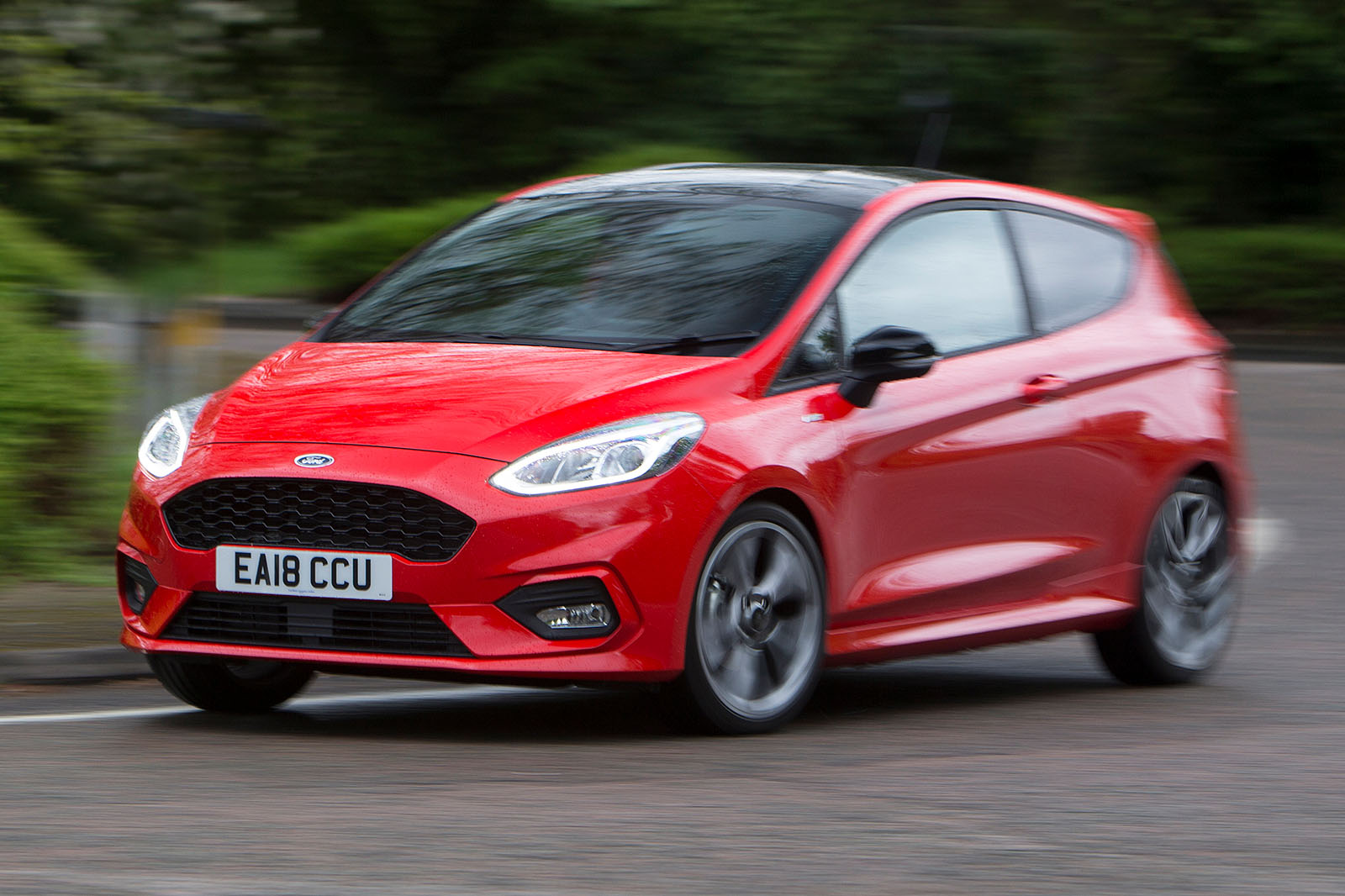The end of the Fiesta in the USA had been rumoured for some time, because fuel prices have dropped and the economy recovered, allowing US buyers to return to their preferred larger vehicles.
Decisions on the replacements for the Fusion and Taurus have been pending for a couple of years too. Ford’s new CEO, Jim Hackett, has acted decisively and made the announcement at a financial conference in the US, momentously ending Ford’s 110-year presence in the US passenger saloon market.
“We are committed to taking the appropriate actions to drive profitable growth and maximise the returns of our business over the long term,” said Hackett.

Analysts said Ford had previously signalled that the mix of car models in its range was forecast to drop to just 10% in the US, leaving 90% of its sales as SUVs and trucks.
“This pull back is really just an admission of the stark North American market reality, especially for American brands,” said IHS Markit analyst Colin Couchman. “Buyers keep shifting to SUVs and crossovers. Big Three sedan [saloon] sales have been very dependent on poor-quality fleet sales.”
Ford US rivals Chrysler and Dodge have taken similar action under Fiat ownership, killing the mid-sized 200 and Dart saloons and instead investing in Jeep SUVs and RAM pick-ups. Between them, Chrysler and Dodge sell just two saloons – full-sized rear- wheel-drive platform twins, the 300 and Charger.
Ford will retain only the Mustang (below) and Focus Active passenger cars on sale after 2020, although its bread and butter SUVs and trucks such as the Explorer and F-Series pick-up continue.
The end of the Fusion and Taurus can also be seen in the context of a drive to simplify and reduce Ford’s global platforms to just five. Currently, it has 11. When Alan Mulally took over as CEO in 2006, it was 17.
In future, Ford strategy will revolve around an emerging-markets small car platform (Ka), the C2 (Focus), a mid-sized SUV platform (Explorer), an electric car platform (Mach 1) and full-sized truck platform (F-Series).
The loss of production volume of the Fusion raises a question over the future of the Mondeo in Europe, because they share the same platform.
In the short to medium term, Ford Europe is understood to have mapped the future of the Mondeo to the mid-2020s, although the picture after that remains fluid.
“The Ford Mondeo remains a core part of our product line-up in Europe. We have upgrades coming for Mondeo later this year and Mondeo continues to deliver on its promise of great driving dynamics, leading technologies and competitive pricing,” Ford said in a statement.
